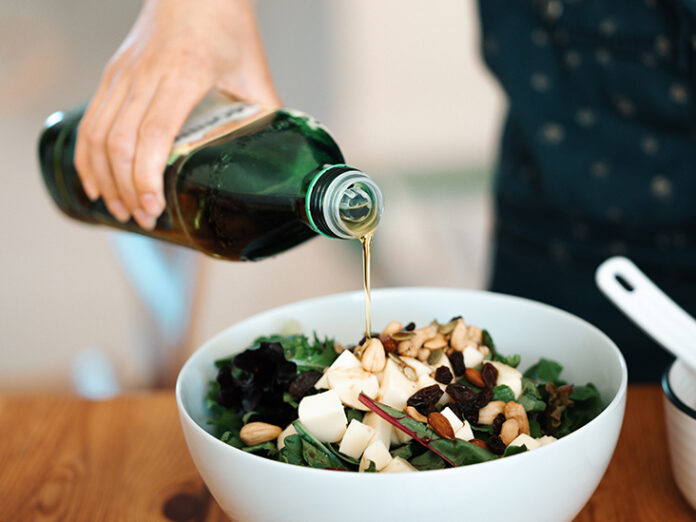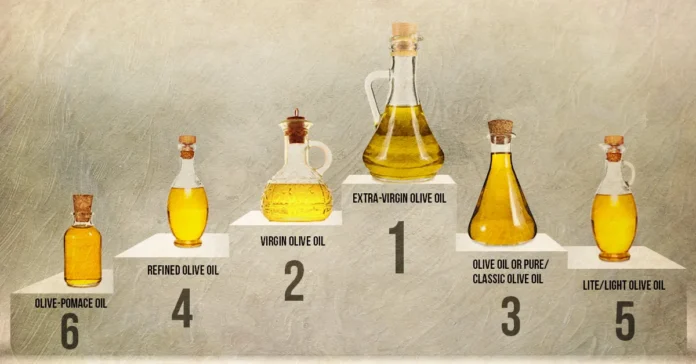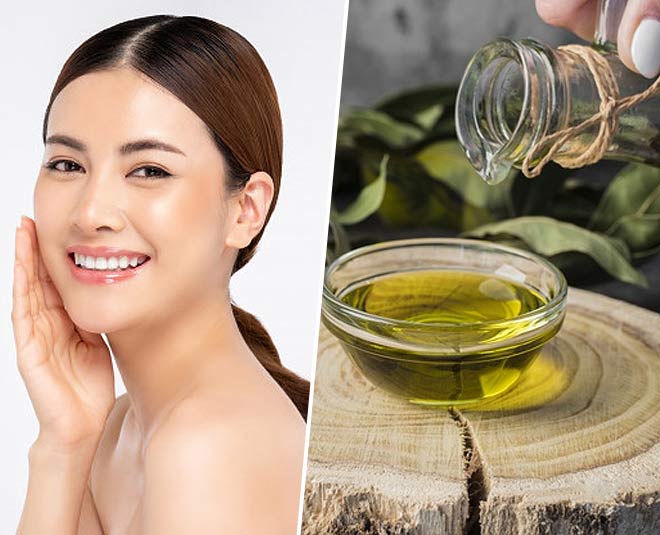If you’re like most people, you probably think of olive oil as a healthy cooking oil. But did you know that it can also have some pretty impressive health benefits?
In this blog post, we’ll take a look at some of the science-backed health benefits of olive oil. We’ll also give you some tips on how to add it to your diet in order to reap these benefits.
Health benefits

There are many healthy fats, but one that stands out is olive oil. It is high in monounsaturated fats, which have been shown to offer several health benefits, including a reduced risk of heart disease.
It is also a great source of antioxidants. These nutrients scavenge harmful toxins and byproducts that can damage cells, leading to inflammation. The antioxidants present in this type of food can help to protect cells and reduce the risk of some chronic diseases, such as cancer.
In addition to its antioxidant and anti-inflammatory properties, olive oil has also been shown to boost brain health. A study in rats found that it was able to improve memory and learning performance.
How to add it to your diet?

If you’re looking to add more of it to your diet, there are many ways to do so. You can use it in place of other fats when cooking or baking. It’s also a great addition to salads and other cold dishes. You can even find some recipes that feature olive oil as the main ingredient.
It can be used for stir-frying, sautéing, and even baking. Keep in mind that it has a lower smoke point than other oils, so it is best not to use it for high-heat cooking methods.
Another great way to enjoy the health benefits of this food is to drizzle it over cooked vegetables or grilled meats. You can also add a bit to soups and stews for added flavor and nutrients. And, of course, you can always enjoy a classic dish like bruschetta by dipping bread in olive oil and topping it with tomatoes and other fresh ingredients.
How much should you consume daily?
The USDA Dietary Guidelines for Americans recommends that people consume two tablespoons, or 23 grams (g), of olive oil daily. They also recommend limiting other types of fat to less than 30 g per day.
Those who have heart disease or are at risk for it may benefit from consuming up to 1 liter, or 34 g, of this fat daily. The American Heart Association (AHA) notes that this amount should come from a combination of this type of fat and other unsaturated fats, such as those found in avocados and nuts.
To make sure you’re getting the most health benefits from it, the AHA recommends using it in place of other fats, such as butter, margarine, and shortening. They also recommend using it in place of saturated fats, such as those found in animal products.
The different types of olive oil

The different types of olive oil include:
-Extra virgin: This is the highest quality olive oil. It’s made from pure, cold-pressed olives and has a fruity taste and strong, pungent aroma. It also contains more monounsaturated fats than other types of this food.
-Regular: This is a blend of cold-pressed and processed oils. It has a milder flavor and less monounsaturated fat than extra virgin.
-Light: It has a milder flavor and contains fewer calories than other types of olive oil. It’s also the least expensive.
Which one is the healthiest?
Extra virgin olive oil is the highest quality available and has the most antioxidants, which makes it healthier than other types of olive oil. Virgin is also a high-quality ingredient, but it has slightly fewer antioxidants. Pure or ordinary oil is a lower quality that has been refined and doesn’t have as many healthy compounds.
The healthiest way to use it is to replace other less healthy oils in your diet, such as butter, margarine, or vegetable oil. You can use it in place of these ingredients when cooking or baking. It’s also a good idea to drizzle it over salads or use it in salad dressing. You can also add it to soups or pasta dishes for flavor.
The benefits for skin

The oil is often used as a natural moisturizer and can be applied directly to the skin or added to baths. It’s also effective in treating various skin conditions, such as eczema, psoriasis, and sunburn.
When it comes to your skin, olive oil can be used in a few different ways. It can be used as a moisturizer, cleansing product, or body scrub. To use it as a moisturizer, simply massage a small amount of it into your skin.
You can add a few drops of oil to your bathtub for a luxuriant and hydrating experience. To use it as a cleanser, put a small amount on a cotton ball and use it to remove makeup or impurities from your skin.
Finally, you can mix together equal parts olive oil and sugar to create an exfoliating body scrub.
Benefits for people with diabetes
The benefits of olive oil for diabetes are many and varied. It has been shown to help lower blood sugar levels, improve insulin sensitivity, and protect against diabetes-related complications such as heart disease.
It is rich in monounsaturated fats, which have been shown to help reduce inflammation and improve blood sugar control. In addition, it contains antioxidants that may help protect the body against damage from free radicals.
Can it help with cancer prevention?
Recent studies have shown that olive oil may offer some protection against cancer. The main benefit is thought to be due to the high levels of antioxidants in this food. These substances help protect cells from damage that can lead to cancer.
One study found that people who ate a diet rich in olive oil were less likely to develop colon cancer than those who didn’t eat as much. Other studies have shown similar results for breast cancer and ovarian cancer.
Final Words

As we’ve seen, olive oil is a healthy, monounsaturated fat that offers a number of important health benefits. It’s also a delicious and versatile ingredient that can be used in many different ways.
Remember, moderation is key. Too much of any type of fat can lead to weight gain and other health problems. Stick to the recommended serving size of two tablespoons per day and you’ll be getting all the benefits of olive oil without any of the risks.








